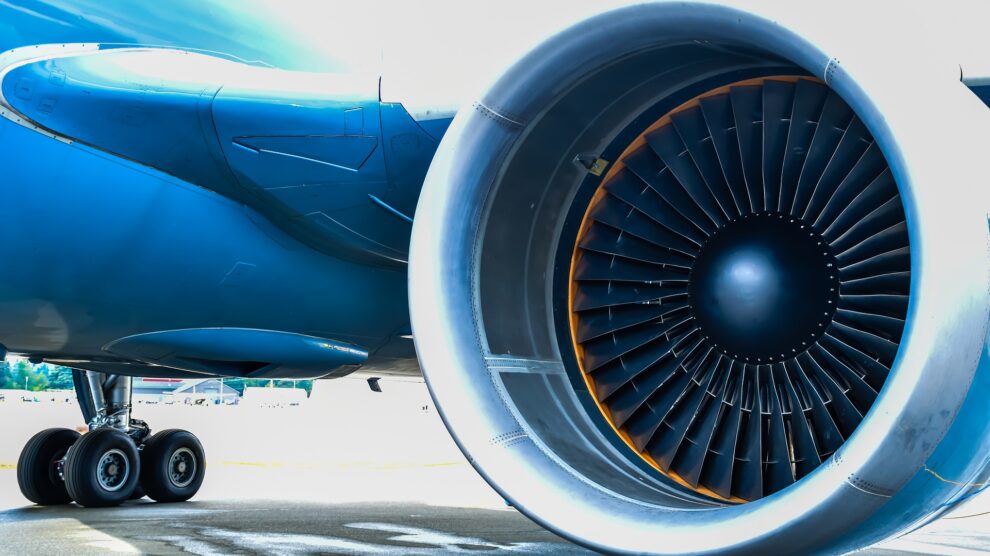Precision is vital in any manufacturing operation. But in aerospace parts making, it’s absolutely crucial. Cutting, holemaking, end milling and other processes must demonstrate efficient and cost-conscious execution. CNC tools such as solid carbide drills, shoulder mills and roughing machines comprise critical portions of many aerospace manufacturing setups. Additive printing offers new and better ways to craft components. This brief guide examines five applications that play important roles in the aerospace industry.
Aluminum Structures
Crafting and refining aluminum structures are prominent aerospace tool applications. Most production environments work with 2000 series and 7000 series aluminum alloys. Each alloy has specific purposes. The 2000 series appears mostly in forgings and extrusions, while the 7000 series alloys work best when stress corrosion cracking resistance is needed.
Aluminum and its alloys tend to be softer, so they require higher horsepower for proper machining. Optimal metal removal rates avoid material buildup and tool failure. Several CNC machining tools are useful when working with these alloys:
- Modular end mills
- Hydraulic chucks
- Aluminum roughers
High-Pressure Turning
Aerospace parts makers commonly use high-pressure turning to produce disks and rings. These involve titanium, particularly alpha-beta and beta alloys. While they sound similar to laypeople, each alloy type has slightly different properties. Alpha-beta types have high room temperature strength and are easy to form. Beta alloys are very strong, highly weldable and can be easily heat-treated. While they score well in formability, they are more likely to experience ductile-brittle transition. For these reasons, ceramic end mills are an ideal tooling choice.
Shoulder Milling
Titanium also features prominently in the manufacture of engine casings and landing gear. With the unique properties of both alpha-beta and beta-type alloys, precision tooling and tool stiffness are critical. Other tooling requirements differ between the two production processes. Landing gear, for instance, may call for tools with longer reaches. Engine casings need multiple machining tools to complete, so modular tooling improves speed and efficiency. Shoulder mills are usually part of both production processes, with helical milling particularly useful in manufacturing landing gear components.
Additive Manufacturing
Traditional manufacturing methods include object assembly and subtractive processes, which involve cutting shapes out of pre existing materials. Additive manufacturing works on entirely different principles. You’ve undoubtedly heard of 3D printing in manufacturing operations. Invented during the 1980s, 3D printing deposits materials to build objects from top to bottom. Items are often constructed in layers from thermoplastics, metals, alloys, carbon and other compatible materials.
Additive manufacturing has created a plethora of items: footwear, medical devices, prosthetics, toys, jewelry, furniture, artwork and even artificial organs. Aerospace manufacturers are now using it to create components. Until recently, these applications have been limited to aesthetic components like door handles or interior parts such as ductwork. However, its use is now expanding into structural parts. Titanium and its alloys are especially useful for castings, discs, fittings, blades and landing gear.
Choosing Your Tools
When creating your aerospace production setup, you must select the right tools. By partnering with a CNC machining vendor specializing in aerospace applications, you benefit from sound expertise. You also get access to aerospace tooling solutions that lead to efficiency, cost savings and superior quality.





